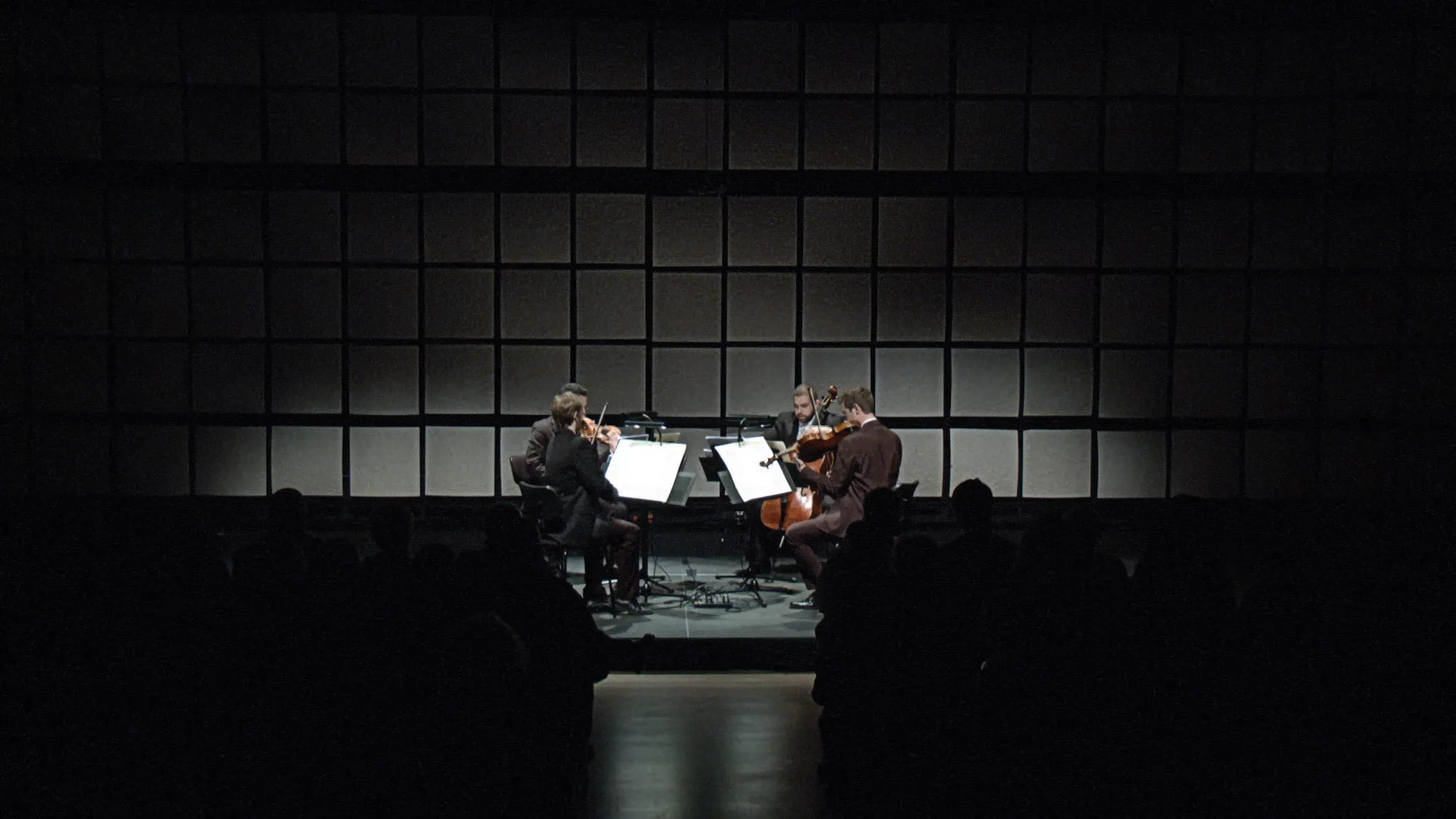RELAY
The New York City-based Wet Ink Ensemble was in residence in the Concert Hall to record their album RELAY. The Ensemble used their signature mix of collaborative performance, mixing voice, strings, winds, percussion, and electronics. The album features the music of Alex Mincek, Rick Burkhardt, Eric Wubbels, Kate Soper, Sam Pluta, and George Lewis—works that were performed and toured for two years prior to being recorded.
The members of the Ensemble collaborate in a band-like fashion, writing, improvising, and preparing pieces together over long stretches of time. In addition to yearly performances in New York City, the ensemble has taken part in numerous tours and residencies, including a residency at Duke University for the 2011-12 and 2012-13 academic years, and residencies at UC San Diego and Northern Illinois University.

